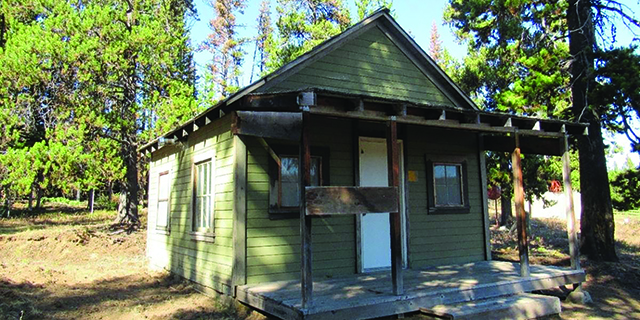Cameras can be effective in monitoring cops
Published 1:33 pm Tuesday, April 21, 2015
For better or worse, cameras are all around us.
We use them to take photos of ourselves over and over again, and we use them to ruin concerts for everybody else. Sometimes, though, we use them to record dramatic, eye-opening events that change a nation.
Trending
That certainly was the case last week when an eyewitness with a cellphone recorded the killing of an unarmed man in South Carolina who was shot in the back five times by police officer Michael Slager.
The initial narrative about the incident was one we’ve heard nearly every time an unarmed person is killed by police: the officer was involved with a struggle for a weapon, was in mortal danger and pulled the trigger to save a life, either their own or someone else’s.
According to police reports, Officer Slager reported on his radio moments after the struggle: “Shots fired and the subject is down. He took my Taser.”
But later, when the bystander video was released and the narrative proved false, it was chucked aside and Slager was immediately charged with murder. That’s the silver lining in this awful story, if there is one: An officer who so clearly erred in judgment and unnecessarily took the life of another person may face justice. That he will ever be convicted of the crime, however, remains unclear.
There are other parts of the video that are difficult to watch. The victim — 50-year-old Walter Scott — with five bullets inside him and his life draining away, lies handcuffed and face down for minutes before officers and medics attempt CPR. By then it was too late, though it is unclear if — shot in the heart — he died immediately. Still, handcuffing a dead man is its own kind of shameful act.
The vast majority of police officers are remarkable human beings. They do a difficult job as best they can. We couldn’t do it ourselves and are forever grateful that others are willing to take on that responsibility. But that responsibility comes with great power, and in this case it is high-definition clear that the responsibility was used inappropriately.
Trending
The death of Walter Scott is a tragedy. That it was caught on film might help change police action forever.
That’s partly because it is another in a string of high-profile uses of lethal force by police officers in Oklahoma, Cleveland, New York and Ferguson, Mo., — with two of those deaths captured on heart-wrenching video. And for all the work we do trying to choose just the right words to get people to think differently about an issue, there is nothing like graphic video to make people totally rethink everything. The death of Walter Scott did that again.
Body cameras are coming to police officers, but it’s not clear how much of that video will be available to the public. If police can choose what to release and what not to release, the usefulness of cameras diminishes greatly. At the same time, protecting victims is of utmost importance and there’s need for caution when releasing their identity to the public.
But the prevalence of recording devices will continue to increase.
A large percentage of our day and our interactions are recorded, whether it’s during a traffic stop or going to the grocery for a gallon of milk. That’s unsettling, for sure, but it is a little resettling to know that an officer who makes a fatal mistake will be faced with evidence of his deed.









